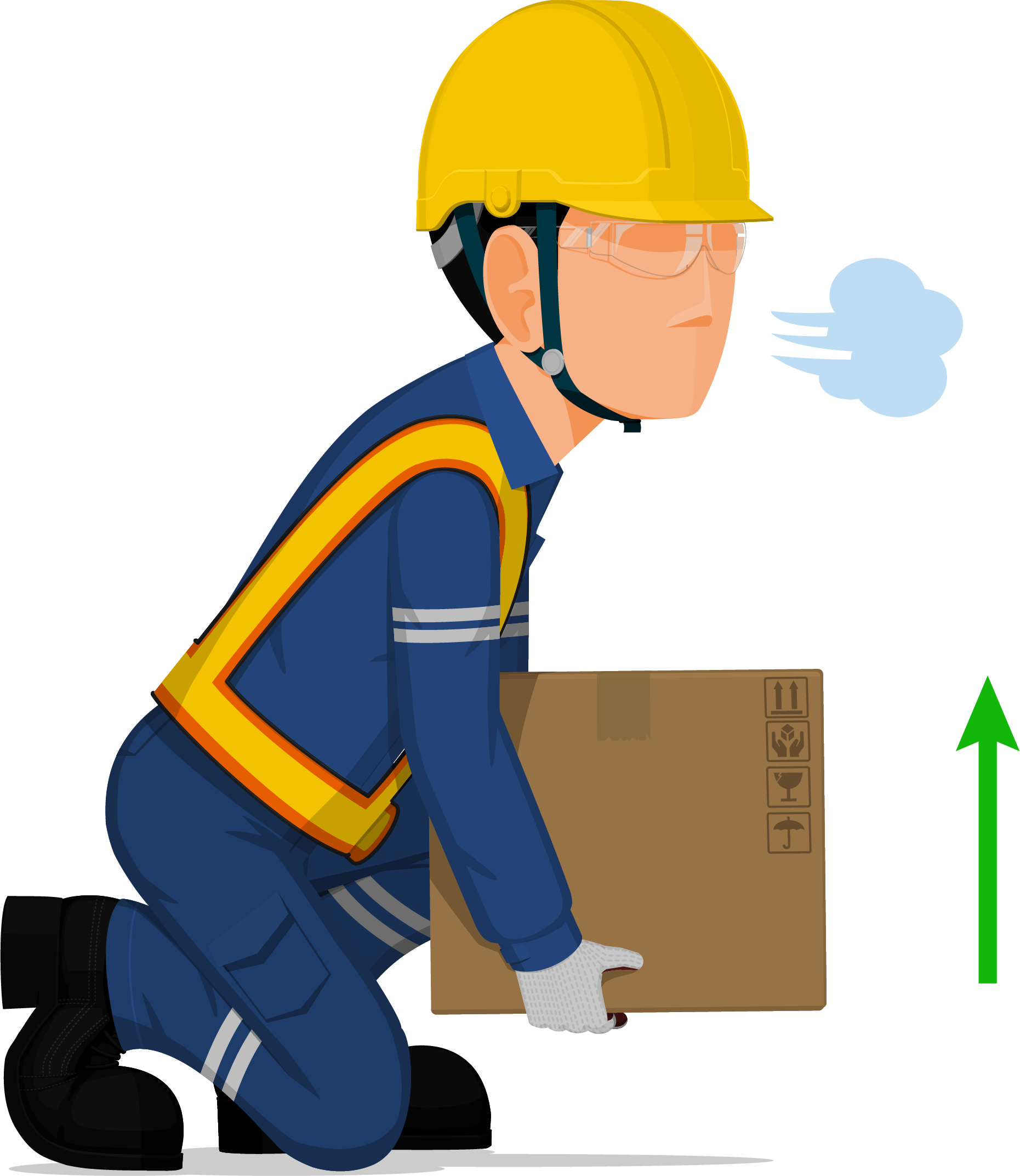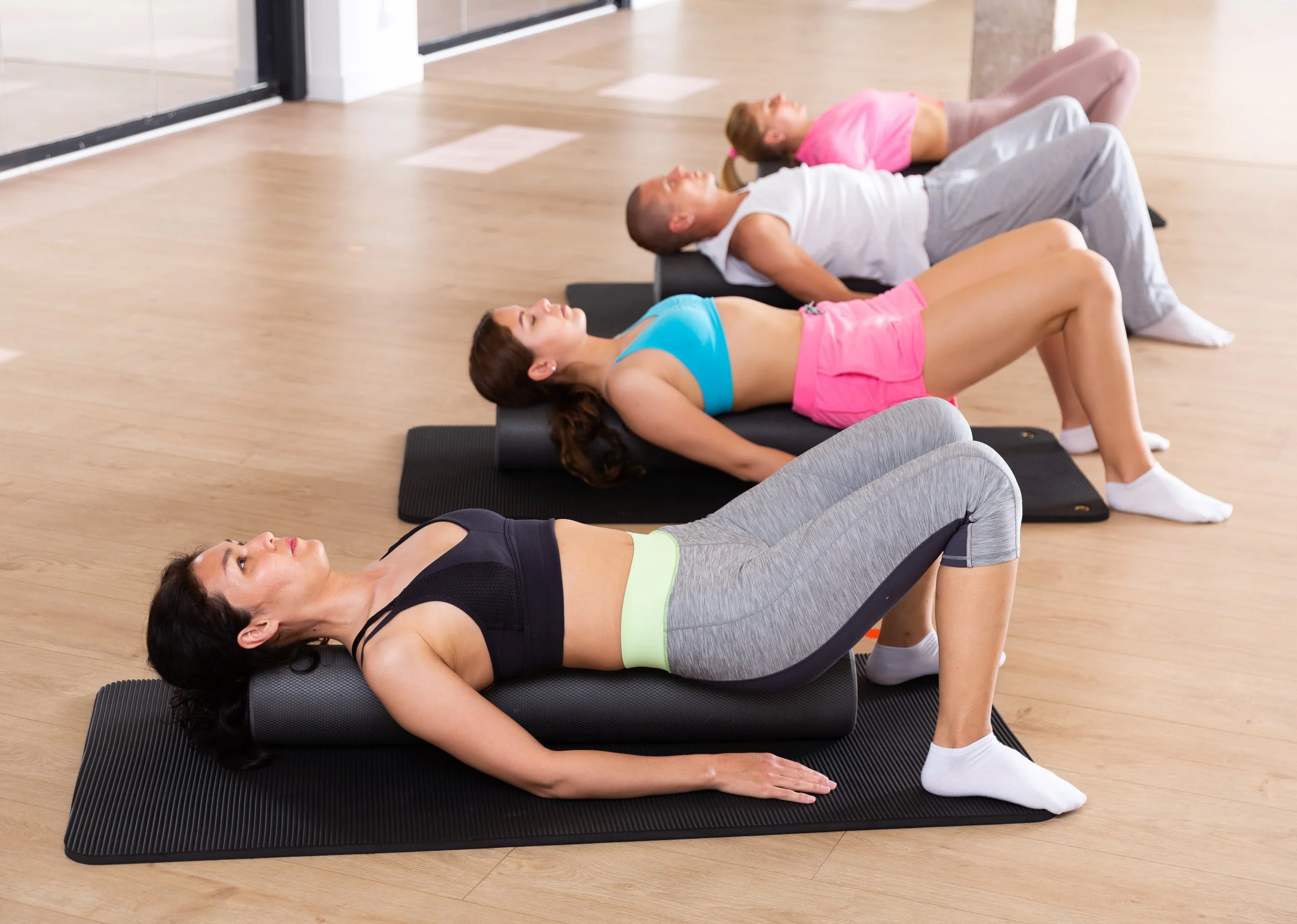Breathing Techniques for Lifting a Heavy Load, Foam Rolling for Shoulders, Monster Walks
Breathing Techniques for Lifting a Heavy Load
When lifting heavy loads, proper breathing techniques help stabilize your core, protect your spine, and improve performance. Begin by taking a deep breath into your diaphragm before lifting, expanding your abdomen rather than your chest. Hold that breath briefly as you initiate the lift—this creates intra-abdominal pressure for added stability. Exhale slowly through the exertion phase or once you’ve passed the most challenging point. Controlled breathing reduces strain, enhances balance, and supports safer, more efficient lifting.
Foam Rolling for Shoulders
Foam rolling for the shoulder helps release muscle tension, improve mobility, and enhance recovery after workouts or long periods of sitting. It’s best used during warm-ups to increase blood flow or post-exercise to reduce soreness. To perform it, lie on your side or back with a foam roller positioned under your shoulder muscles. Slowly roll over the deltoid and upper back, pausing at tight spots for 20–30 seconds. Maintain slow, controlled movements to avoid excessive pressure or discomfort.
Monster Walks
Monster walks are a resistance-band exercise designed to strengthen the hips, glutes, and thighs while improving stability and injury prevention. Monster walks are a great exercise to perform during warm-ups, lower-body workouts, or as part of rehab routines. To perform, place a resistance band around your legs, just above the knees or ankles, slightly bend your knees, and take controlled diagonal or lateral steps while maintaining tension on the band. Monster walks activate stabilizing muscles essential for lifting, running, and overall movement control.



